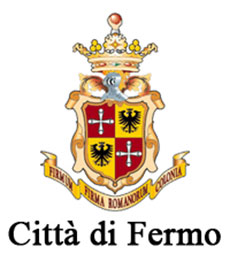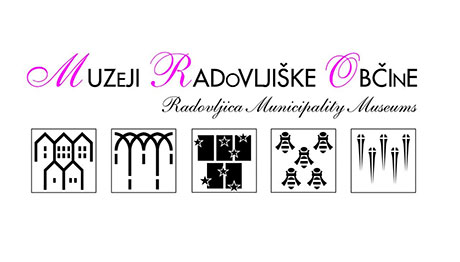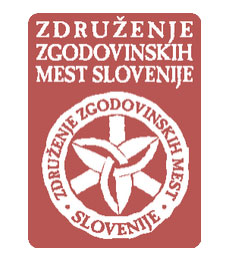Project Description




di:STORY – Digital Stories of Small Historic Towns – The overall project aim is to contribute to the attractiveness and accessibility of heritage for new digital audiences. In order to explore how small historic town’s heritage may be approached through digital media, the partners will organize international hackathons, events during which participants will get together to come up with inspiring solutions and ideas and realize digital projects. The aim is to show how collaborative efforts create communities and provide insight into new strategies for audience development.
Toplola (Šumadija, Serbia)is a small town of 25,000 inhabitants. The traces of settlement dates back to Neolithic time however the town is most famous as past seat of Serbian/ Karadjodjevic royal family. The town centre and the Oplenac hill above are marked with the early 19th and early 20th century architecture, including the fortified manor, st George orthodox church and mausoleum of the royal family, villas, vine cellar and impressive vineyard ambiance. The local museum, managers of Royal heritage and the municipality are working together to revitalise the area, which already attracts predominantly domestic visitors. Hence, there is an evident gap in quality interpretation and new services for visitors.
Radovljica (Gorenjska, Slovenia) is a historic town of 6,000 inhabitants and 18,000 population living in the municipality. Today, it is an administrative, education and cultural centre of the area. It is also known as Linhart’s town after Anton TomažLinhart (1756-1795), a native Slovene writer and a great man of the Age of Enlightenment. The old town developed around the year 1500 from a smaller square dating back to the 13th century. A stroll through the old town centre and its mainLinhart Square is especially pleasant. The Church of St. Peter, the presbytery, the remains of the medieval town wall, the moat, the Mansion and bourgeois houses carry elements of medieval, renaissance and baroque architecture. When a traveller takes a walk among the houses, it seems that time has stood still for three hundred years. Due to vicinity to Bled tourist destination the Municipality has set its clear strategy towards accelerated sustainabletourism development.
Fermo (Marche Region, Italy) is a noble and ancient city of about 40,000 inhabitants. Its origins date back to the Iron Age (IX century B.C.). In 264 B.C, it became a Roman colony with the name of ‘FirmumPicenum’.A result of Medieval and Renaissance urban development, the old historical town of Fermois a real open air museum. Cultural and historical heritage represents one of the main leveragesfor town development,providing great added value for attracting tourists.Through its Cultural Department, the Municipality is committed to managing cultural buildings and promoting activities in themuseum, theatre and libraries. Over the past few years, it has beengradually trying to introduce new technologies so asto increase accessibility of its cultural heritage to visitors and provide an enhanced tourism experience.
The Specific objective of the project is to better exploit the potential of ICTs for improving the ‘digital’ attractiveness of cultural heritage and to promote interaction with ‘new digital audiences’ in small historic towns. These events will be used as crowdsourcing platform to develop ideas, tools and strategies for new heritage practices. They are a strategy in themselves and represent a new form of audience development. Creative Europe (2016): Small scale cooperation projects – Project number 570405
